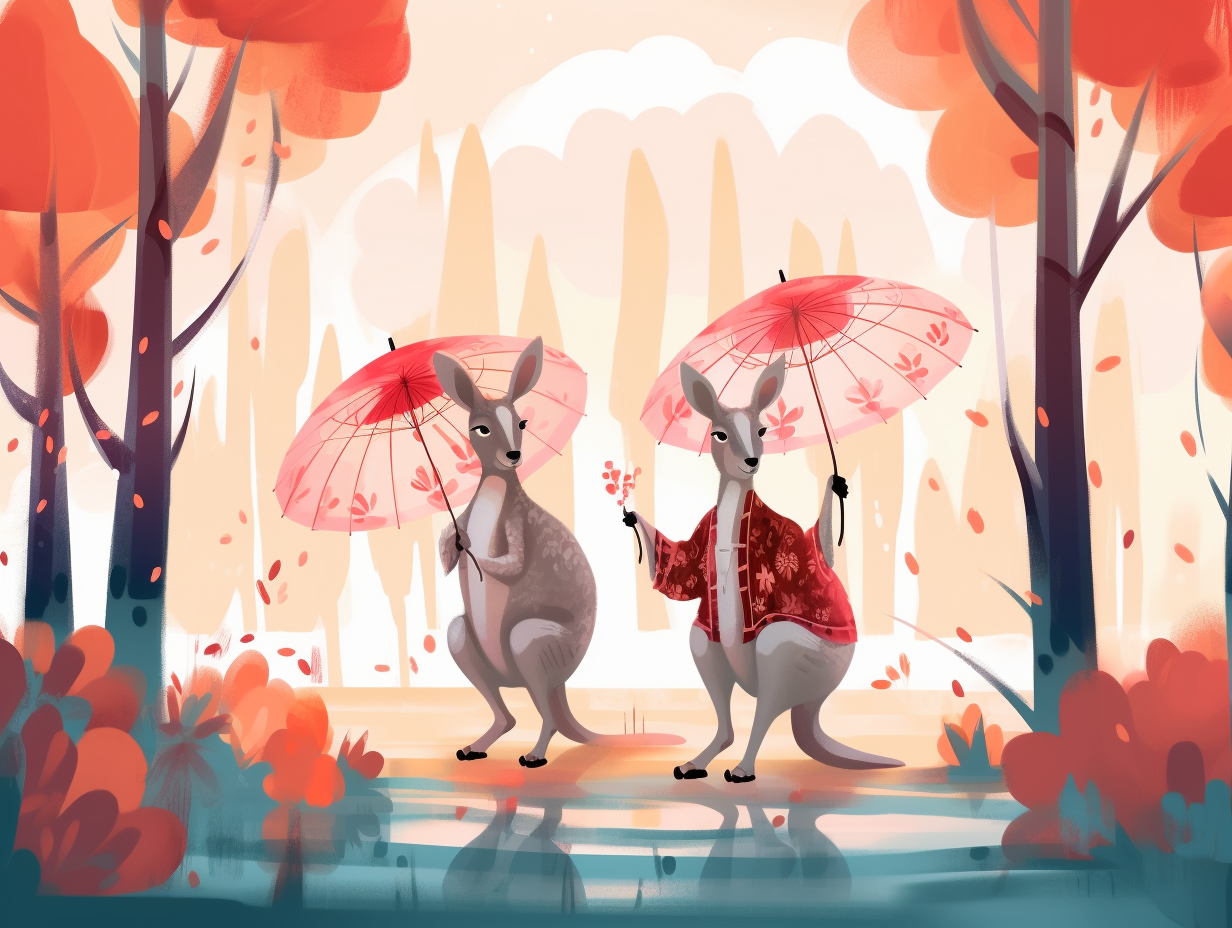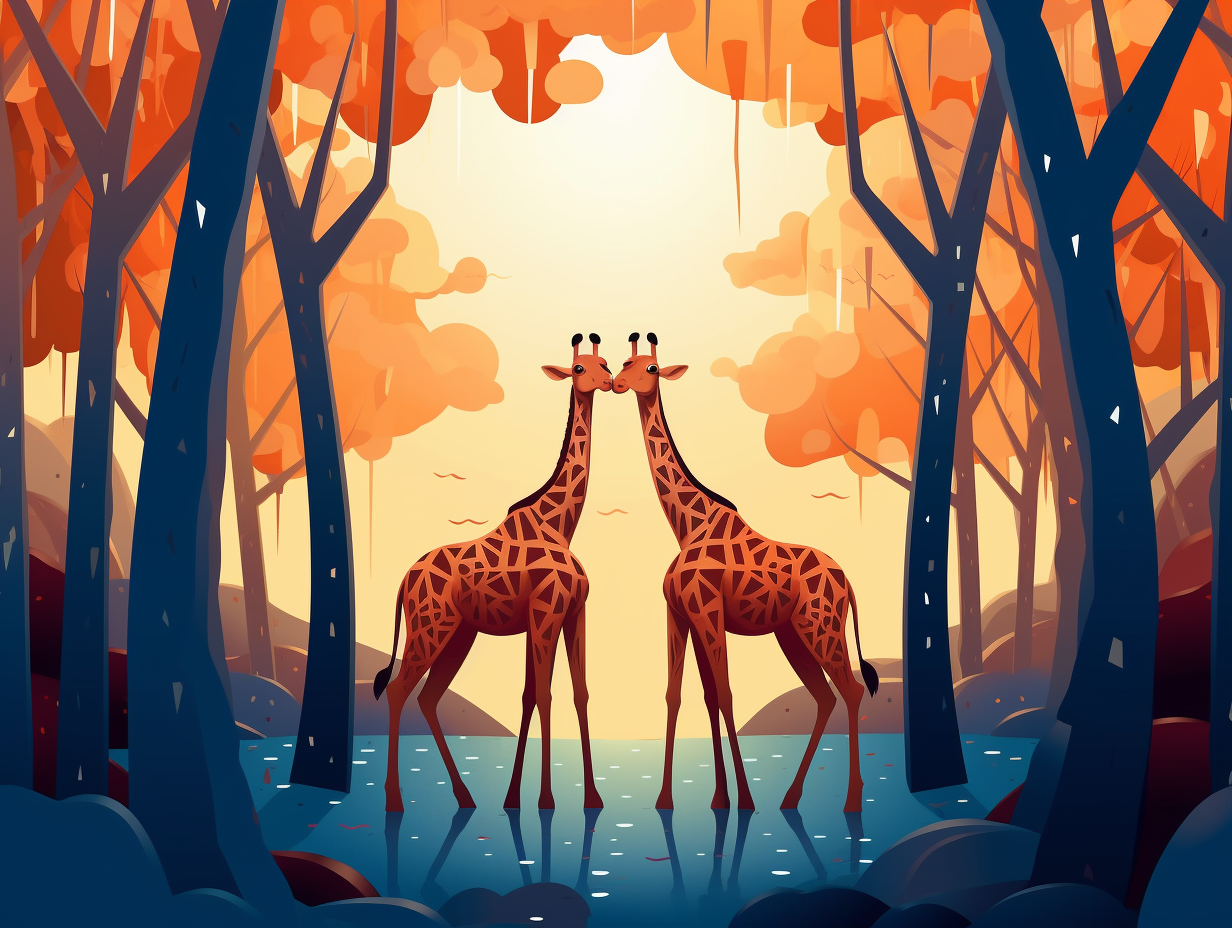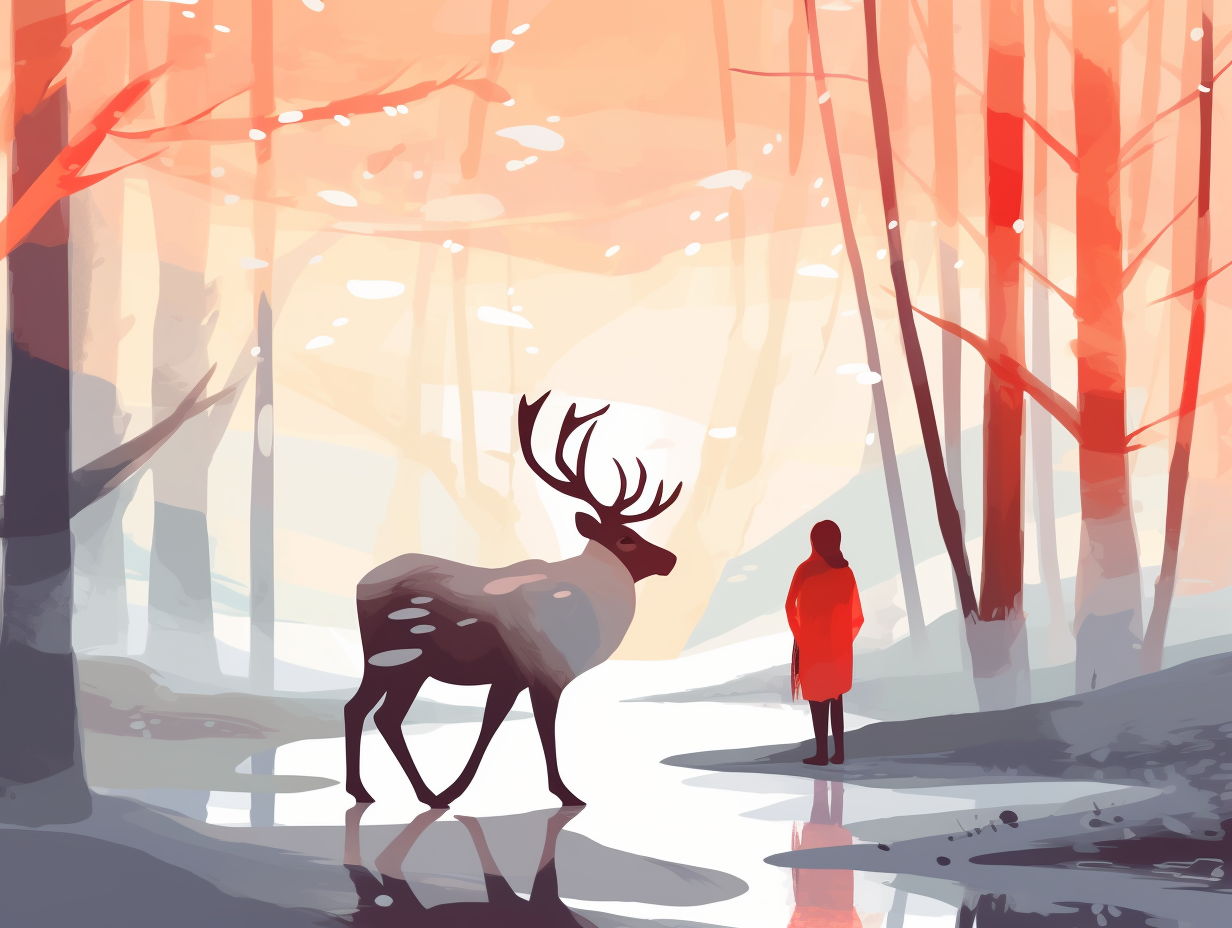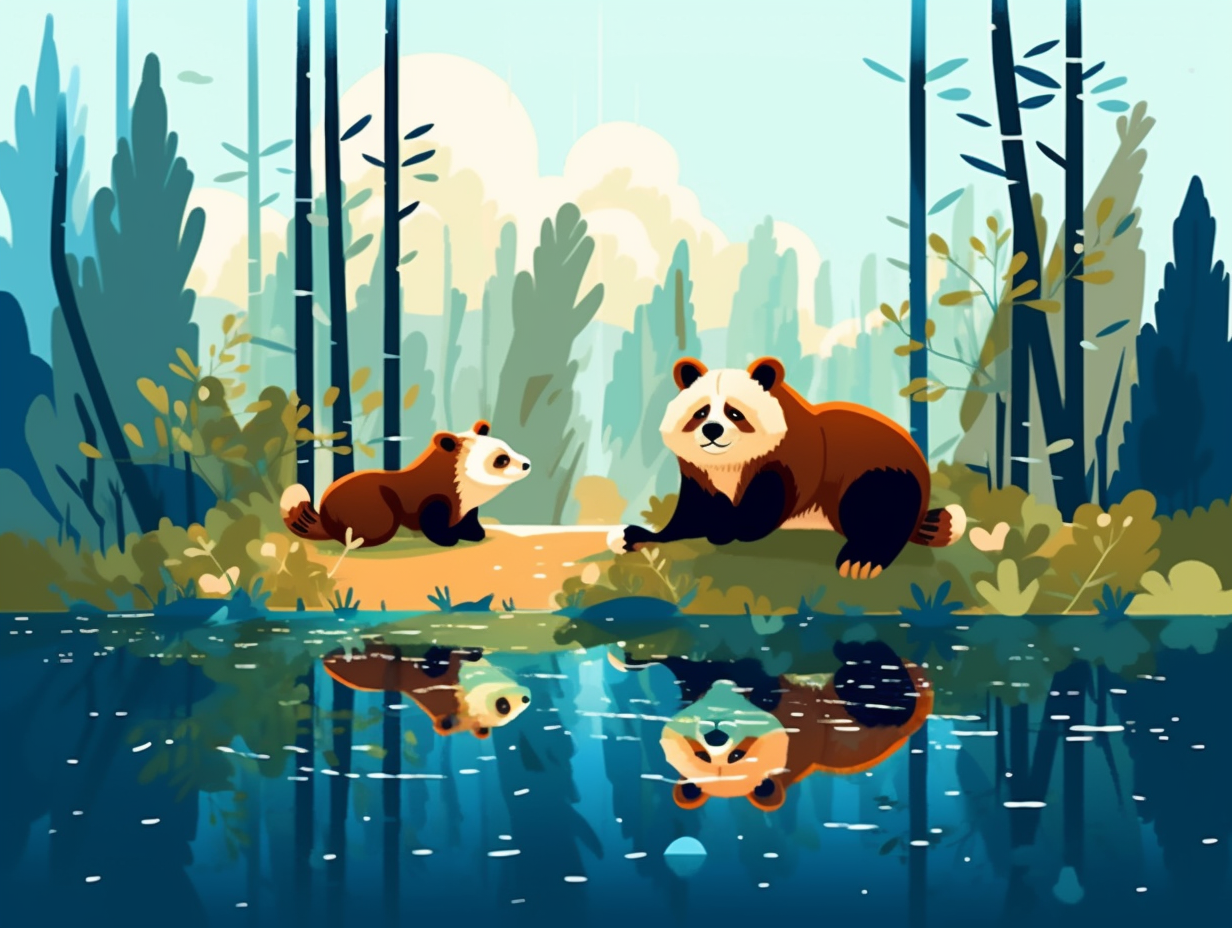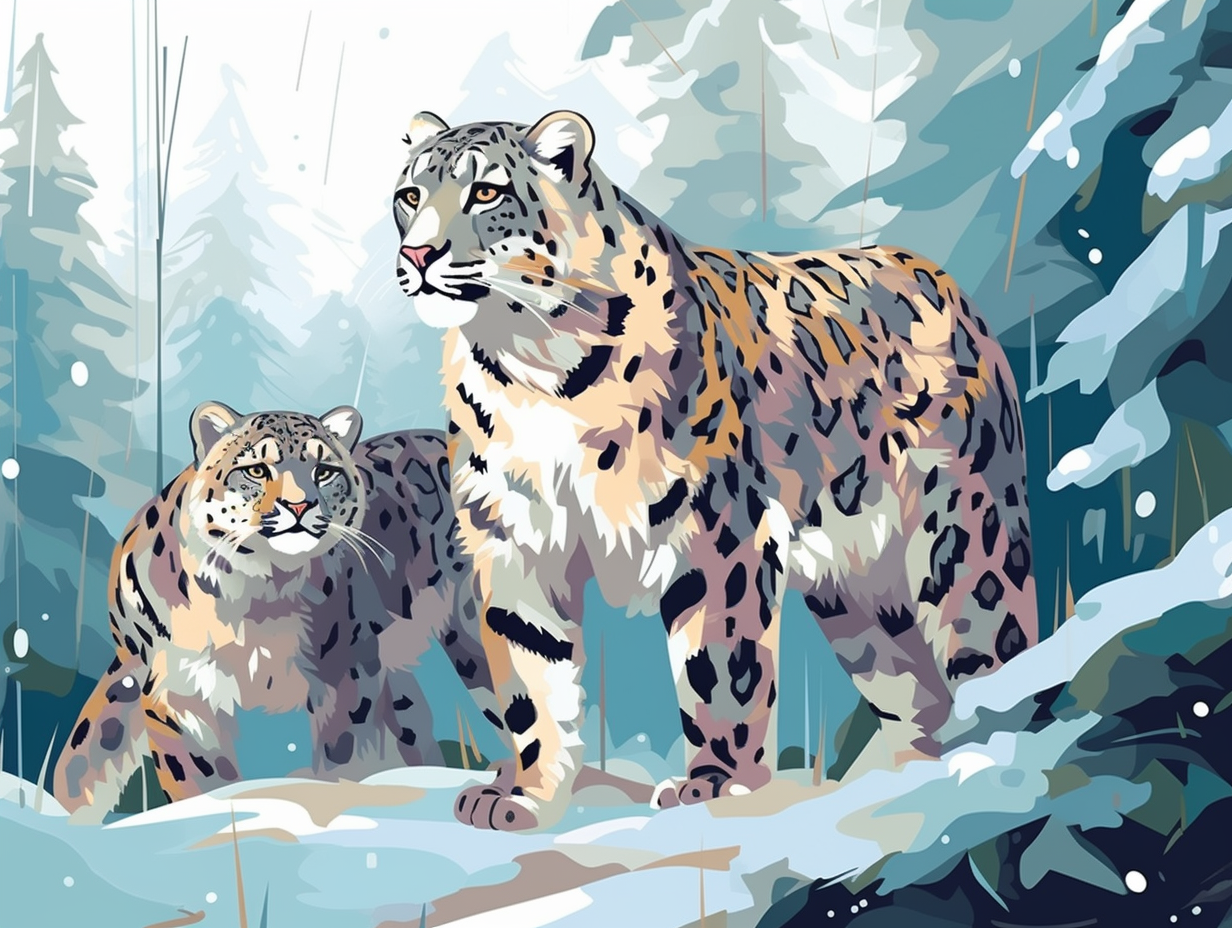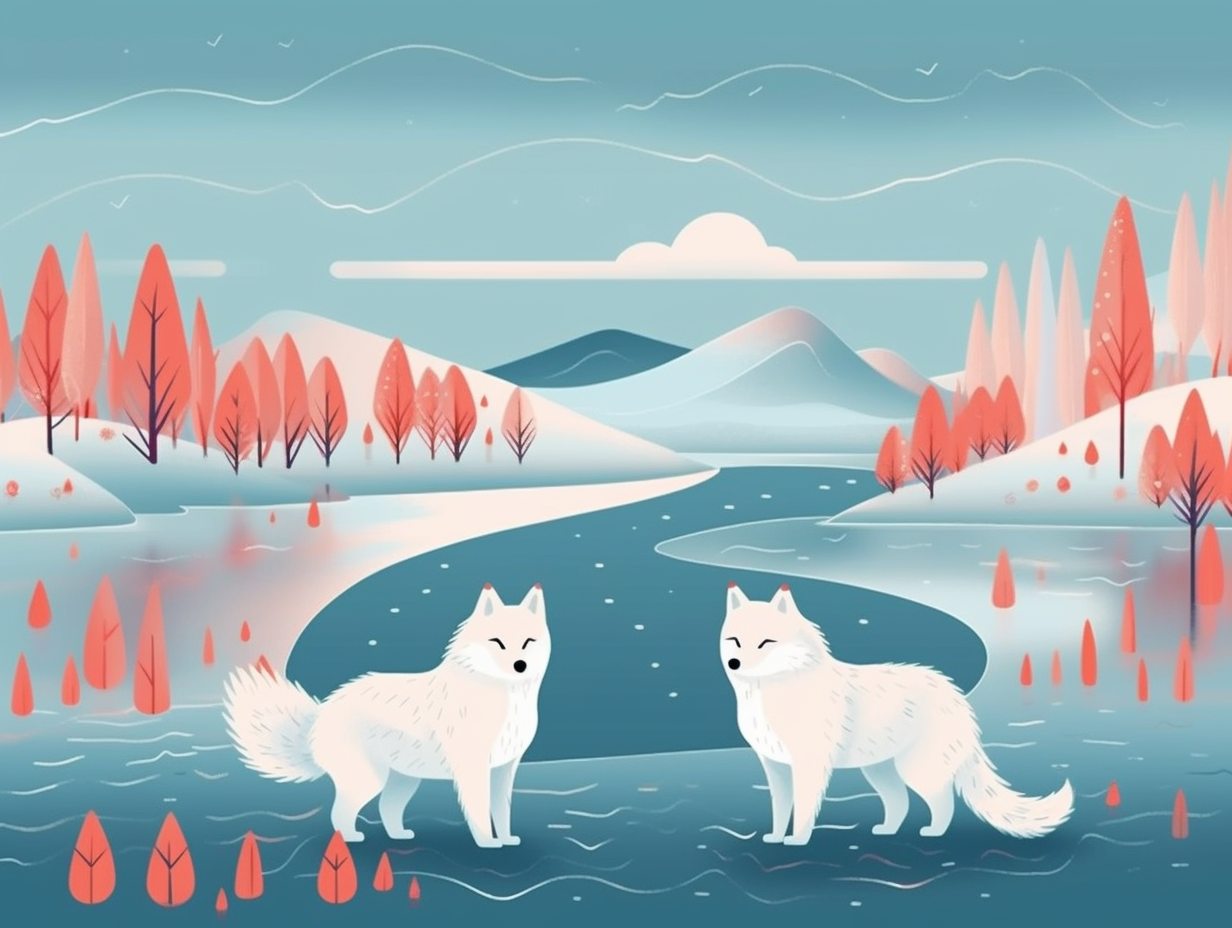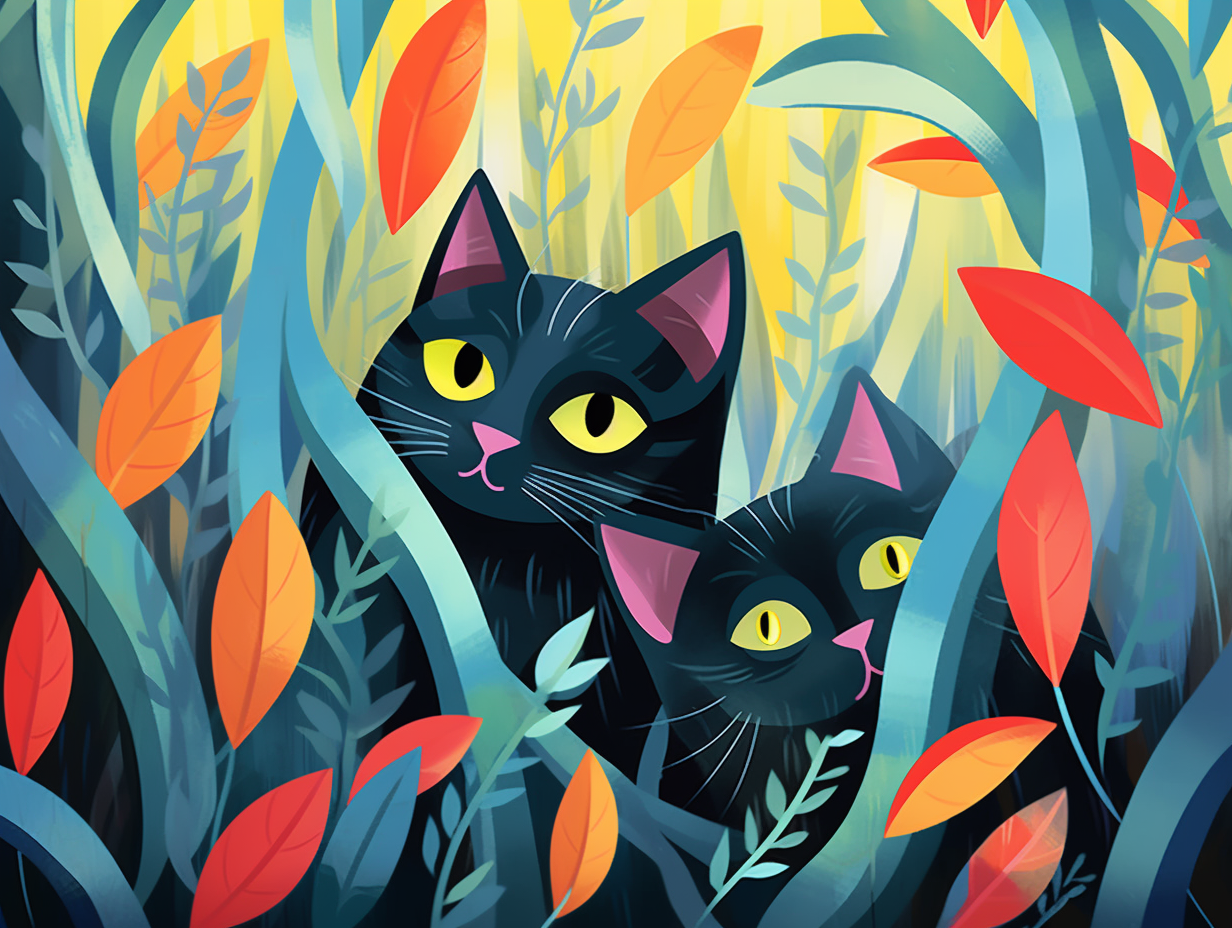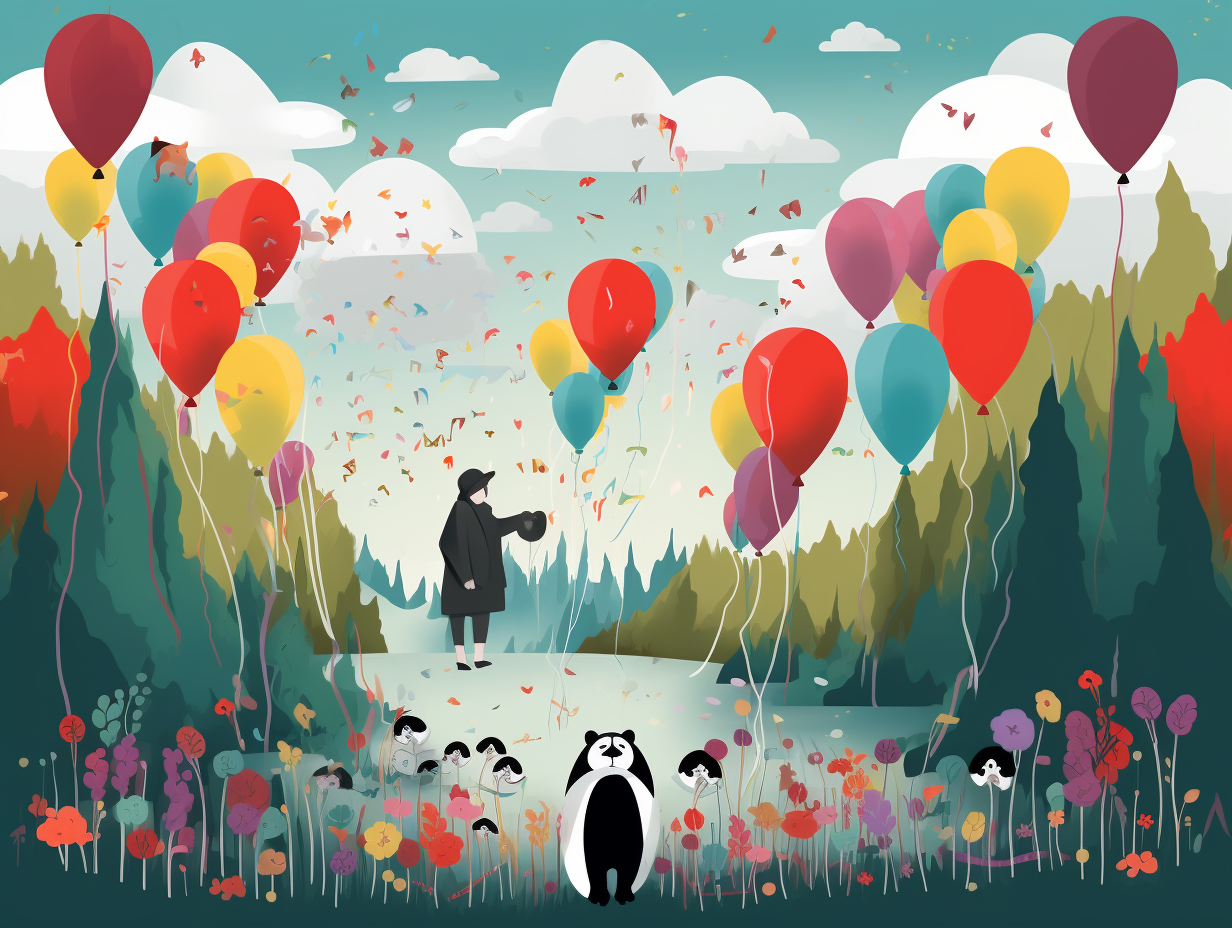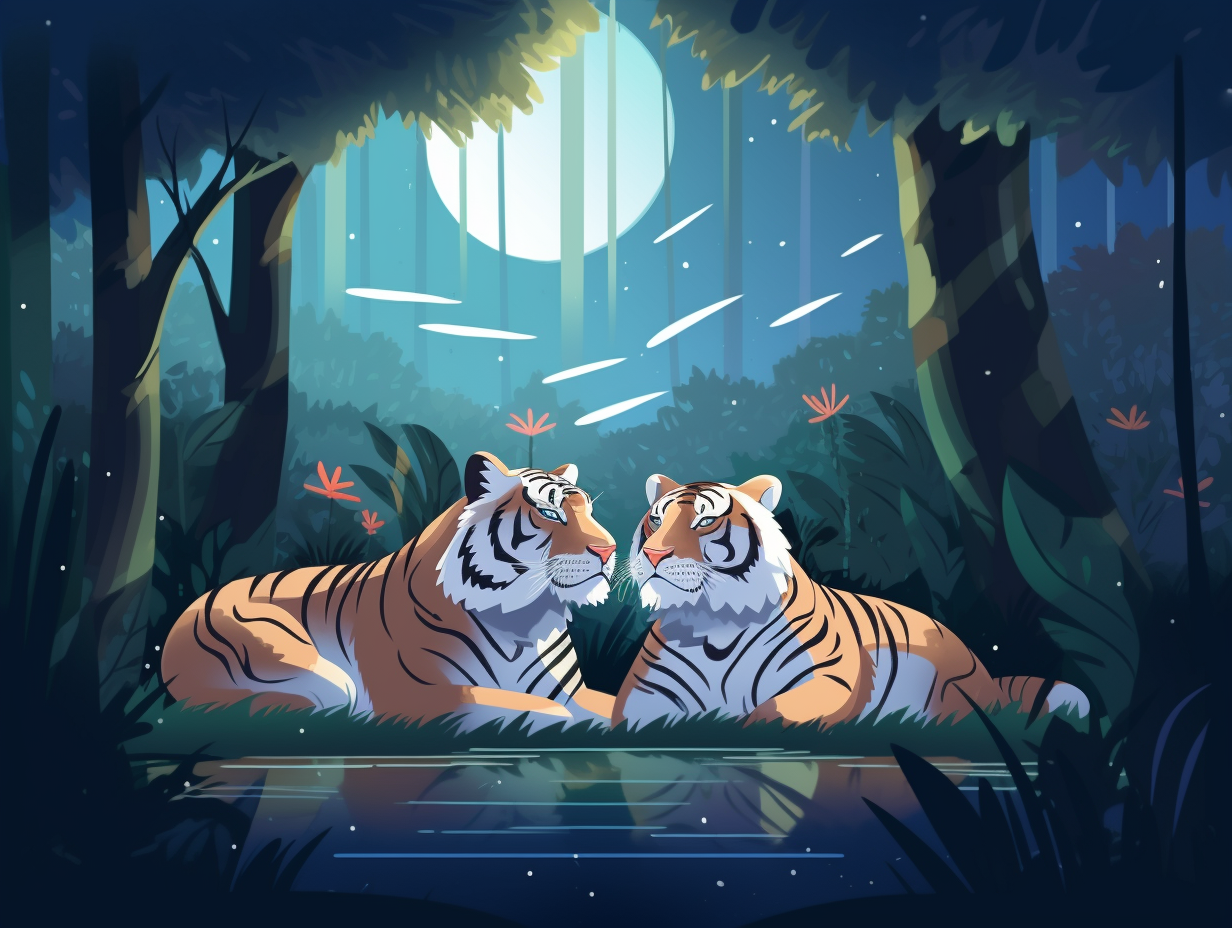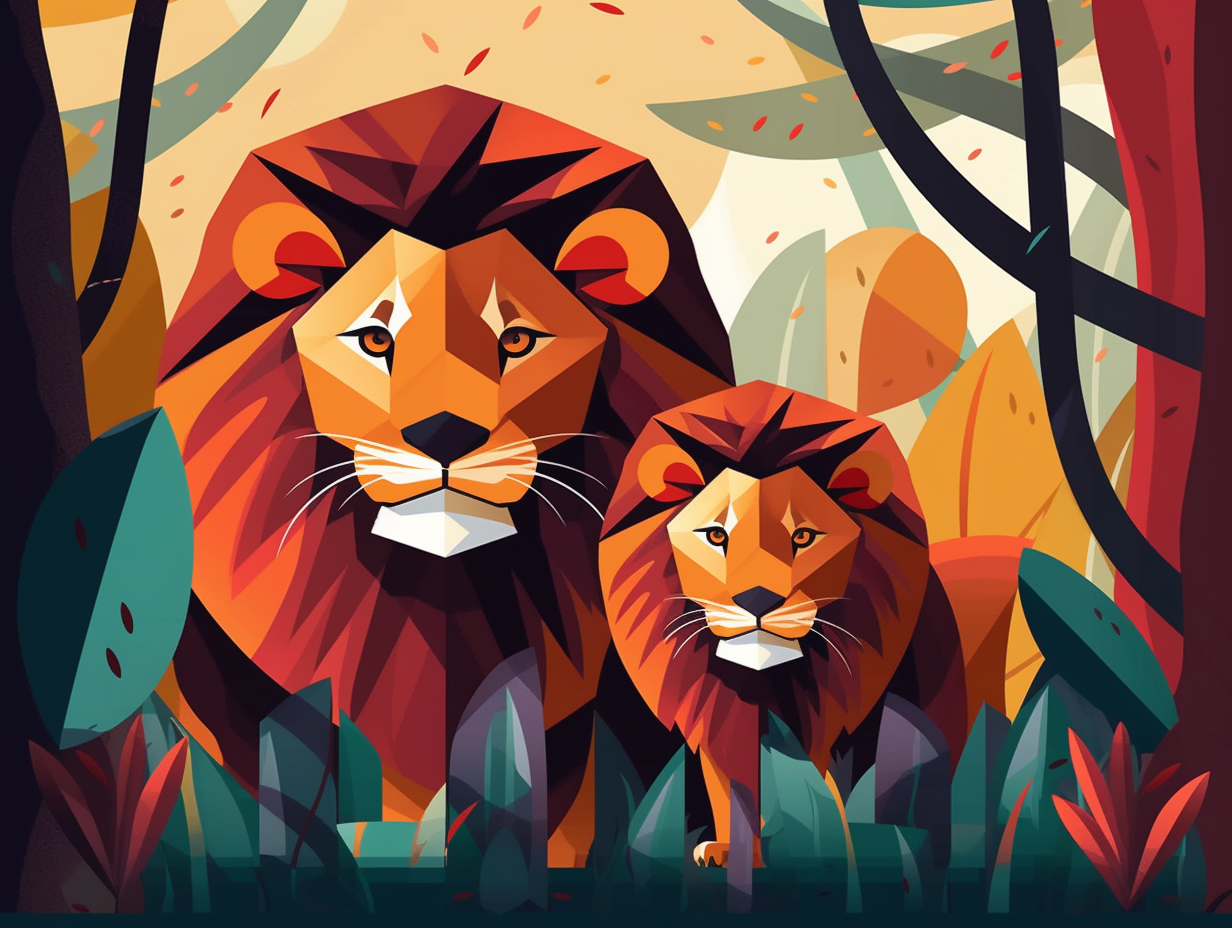Discover the Wild and Wonderful: Top 11 Fun Facts About Wild Horses You Never Knew!

1. Fashion evolution of wild horses
Wild horses couldn't drag me away from this funky fact, but they certainly underwent a fashion evolution: The original wild horses likely had coats that matched their surroundings, and the colorful variety we see today was created by domestication, environmental changes, and selective breeding – except for albino white and grey, which are due to genetic quirks that lead to a loss of pigmentation.
Source => equishop.com
2. Chromosome conundrum
You might say that wild horses and their domestic counterparts have a bit of a "chromosome conundrum" when it comes to their genes – almost like a horse-drawn game of "Who's Got the More Chromosomes?": Przewalski's horses, the sole remaining true wild horse species, boast a hearty 66 chromosomes, while domestic horses have to make do with a mere 64. When these two equine worlds collide and interbreed, their offspring find themselves smack dab in the middle with a respectable 65 chromosomes, highlighting the unique genetic difference that separates these endangered beauties from their tamed brethren.
Source => stories.sandiegozoo.org

Did you know each zebra has a unique stripe pattern like human fingerprints? Discover how scientists use this to identify and track them! 🦓✨
=> Fun Facts about Zebras
3. Need for speed
Hold onto your hats and gallop alongside lightning, because wild horses have a need for speed that's nothing to neigh at: The fastest recorded sprint by a wild Mustang reached an electrifying 54 mph, a mere 1 mph slower than the top speeds of the Thoroughbred and Quarter Horse, both of which are larger and more powerful than the scrappy yet swift Mustang.
Source => primestables.co.uk
4. Horse's Sleeping Beauty
In the wild, horses do a peculiar impression of Sleeping Beauty – although they don't need a prince to wake them up: These majestic animals achieve their much-needed REM sleep by lying down on their side in a lateral recumbency position, a vulnerable stance that takes them from peaceful slumber to a sudden bolt of awareness when danger approaches.
Source => horserookie.com
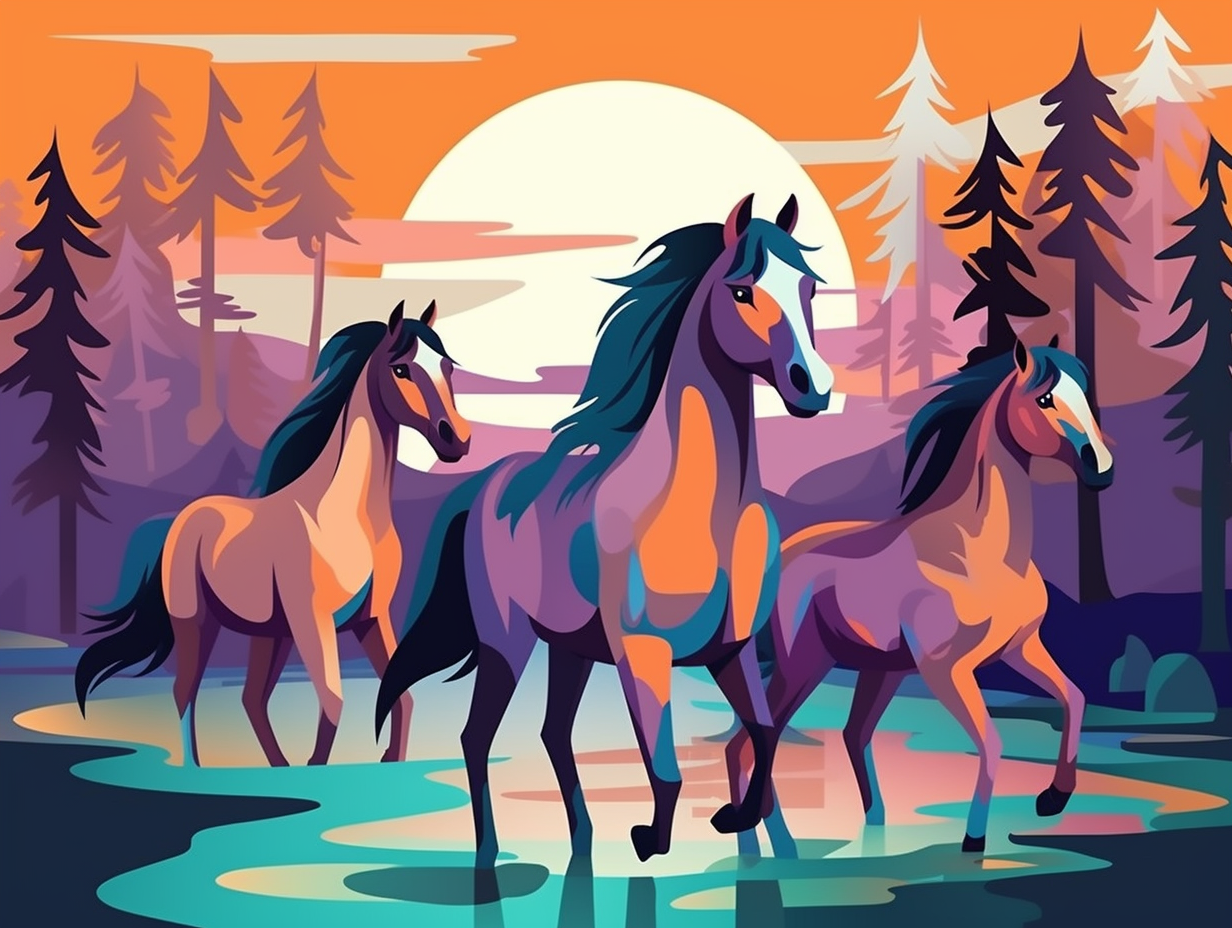
5. Eco-friendly munchers
Feeling a bit horse from all that grazing? Wild horses may not be smoothie connoisseurs, but they sure know how to be eco-friendly munchers: With their post-gastric digestive system, horses turn coarse vegetation into nutrient-rich feces that boost soil health and help disperse seeds, all while forging trails through thickets, promoting a more diverse ecosystem in the process.
Source => horsetalk.co.nz
6. Equine soap opera
In the wild world of equine melodrama, horses put teenagers to shame with their intricate soap opera of emotions, whispers, and passive-aggressive communication: wild horses communicate their emotions and intentions through vocalization and body language, forming a dominance hierarchy, with one mare in the starring role of alpha female and a stallion as the drama's tireless guardian and protector.
Source => esc.rutgers.edu
7. Tiny ancient swamp stompers
Before horses became the galloping glamazons of the animal world, they were tiny swamp stompers tiptoeing through the tulips: The ancient eohippus, or dawn horse, stood a mere 10 to 17 3/4 inches tall at the shoulder and thrived 55 to 45 million years ago, utilizing its dainty multi-toed feet to navigate the boggy jungles filled with enormous cypress and mammoth trees, with fossils discovered in areas like Utah's Wasatch Range, Wyoming's Wind River Basin, and even Europe.
Source => imh.org
8. Paleolithic cave paintings
Before Indiana Jones and Picasso, there were Paleolithic party animals painting on cave walls like no one's business: At the Lascaux caves in France, ancient humans adorned the limestone canvases with an assortment of wild horses, deer, aurochs, ibex, bison, and even some felines, dating back to around 17,000 to 15,000 BCE — and while the true meaning behind their artistic endeavors remains cryptic, it's believed there might be a ritualistic or spiritual significance. If you're feeling a prehistoric road trip coming on, fear not, for Lascaux II offers a replica of the Great Hall of the Bulls and the Painted Gallery just 200 meters from the original exhibition!
Source => worldhistory.org
9. Natural H2O detectors and memory masters
Who needs a GPS when you have a built-in H2O detector and a memory like an elephant? That's right, wild horses put our modern gadgets to shame with their natural abilities: Boasting an extraordinary sense of touch due to numerous hairs and whiskers on their noses, wild horses not only sniff out food, but also detect water sources by lowering their heads and wiggling their lips. On top of this, they rely on their impeccable memory to revisit known watering holes, making them true masters of desert navigation.
Source => horserookie.com
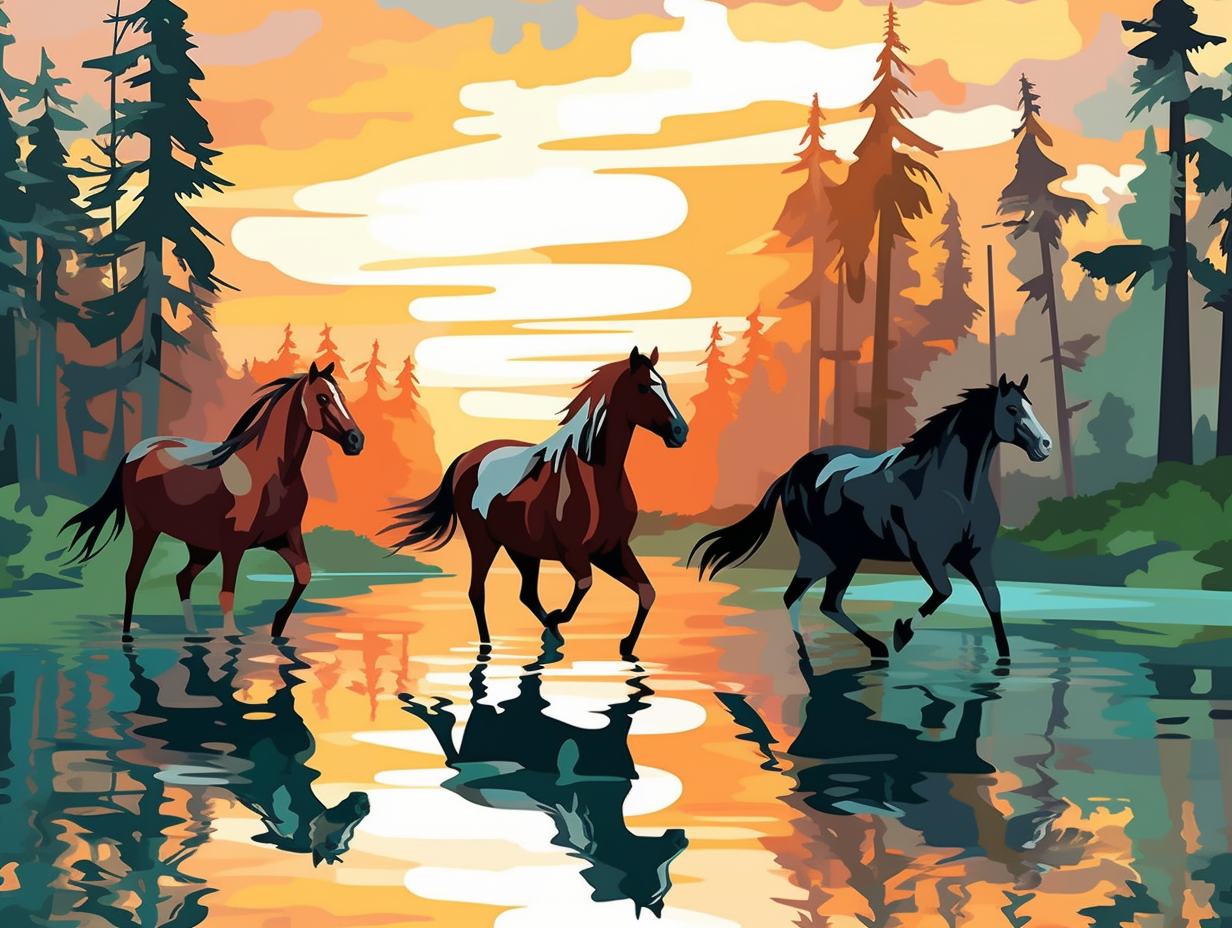
10. Equine grazing DJ
Wild horses graze with the rhythm and swiftness of a skilled DJ, using their whiskers and lips like a beat master on the turntables: Wild horses exhibit a distinct and individualistic pattern of movement while grazing, using their vibrissae and sense of smell to select the choicest grass clumps and, in tune with their chewing rhythm, adroitly manipulate the foliage with their upper lip to tear off a tasty mouthful.
Source => haygain.us
11. Night vision pros
Why did the wild horse become a stand-up comic's apprentice? It already had a knack for night gigs: Wild horses possess superior night vision, enabling them to deftly navigate and forage in dimly lit environments, thanks to their eyes being packed with more light-sensitive cells than ours.
Source => horserookie.com
Related Fun Facts


